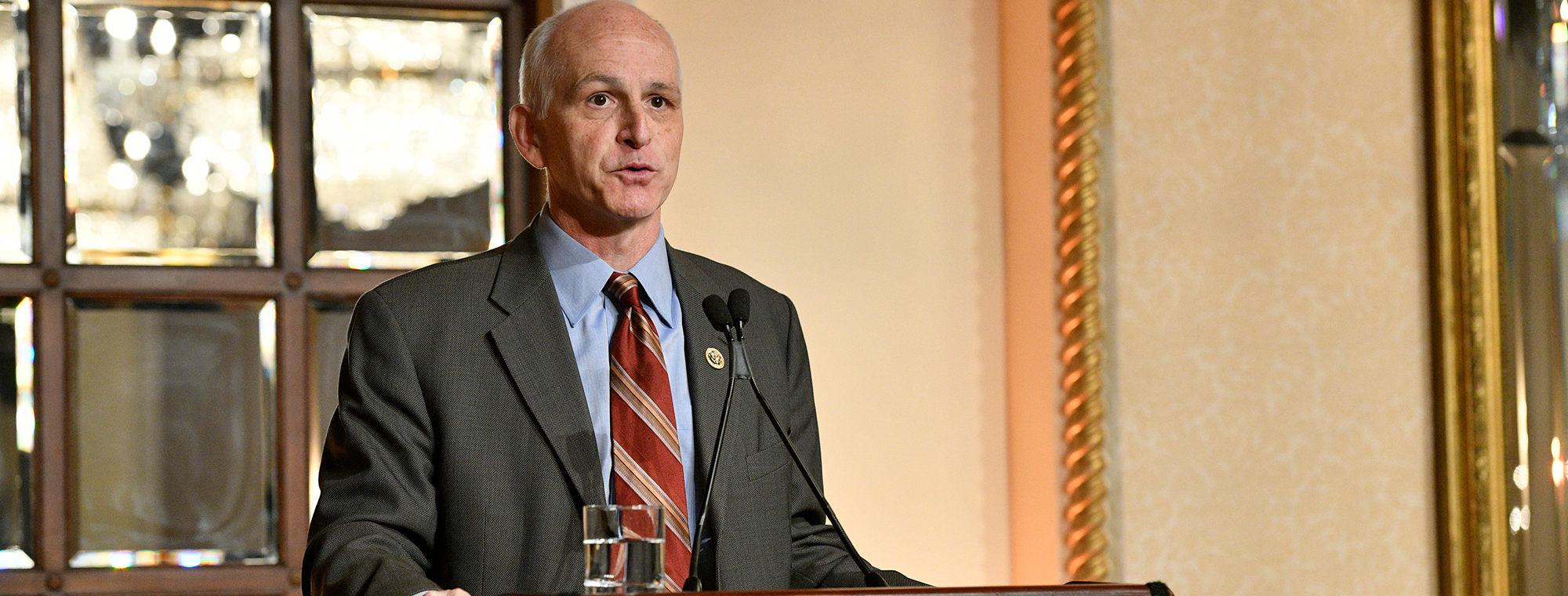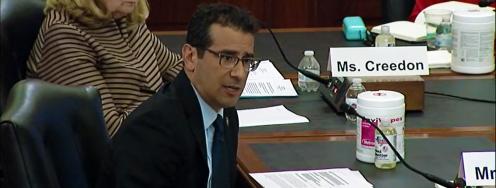Bulletin of the Atomic Scientists, April 17, 2019
Underneath the daily, depressing headlines, five converging trends offer hope, for the first time in more than a decade, for dramatic positive change in US nuclear policy.
The first trend is the growing recognition that current US nuclear security strategies have failed to make America safer. The policies pursued by President Donald Trump have made every nuclear danger he inherited worse, not better. Military budgets are spiraling out of control, new weapons and new doctrines are increasing the risk of nuclear use, effective treaties and agreements are frivolously discarded, and diligent diplomacy is replaced with narcissistic summitry. Our policies have alienated our allies and, most ominously, the instability of the president has exposed the underlying insanity of a system that gives one person the unchecked power to start a nuclear war that could end human civilization.
It is hard to find a bright spot in the Trump approach to nuclear affairs. The world is fully entrenched in a new arms race, with every nuclear-armed nation producing new weapons. Yet Trump is trying to destroy the accord that rolled back and contained Iran’s nuclear program, and he has seesawed his way to an incoherent North Korea policy. In fact, he and National Security Adviser John Bolton are methodically shredding the entire nuclear safety net of agreements, treaties, alliances, and security assurances constructed by their predecessors over decades.
This torrent of bad news has had one positive impact: It has made crystal clear that the United States needs a fundamentally new, saner nuclear strategy.
The second trend offers hope for developing such a strategy. The November elections brought fresh leadership and energy to the Congress. The House of Representatives can provide a check on a dangerous president and become a proving ground for new ideas and new policies. Leaders old and new are rising to the challenge.
Rep. Adam Smith, a 20-year veteran and now chair of the House Armed Services Committee, wants to “totally re-do the nuclear posture review.” Dozens of senators and members have introduced visionary legislation that could form the planks of a new strategic platform. There will be debates and votes on new weapons, a no first use policy, and efforts to prevent a nuclear arms race by preserving existing treaties.
The presidential campaigns, meanwhile, have started in earnest. Some candidates are already advancing dramatic, alternative security policies to end unjust wars and rethink our nuclear posture. Sen. Elizabeth Warren—who says, “our current nuclear strategy is not just outdated, it is dangerous”—mirrors Smith’s policy priorities with a three-part proposal: No new weapons, more arms control not less, and no first use. Sen. Bernie Sanders told a Fox News town hall April 15, “We have to bring the United States and the rest of the world together to do everything we can to rid this world of nuclear weapons.”
Meanwhile, six candidates have already said that one of their top priorities would be to re-commit the United States to the Iran anti-nuclear deal, including Warren, Sanders, Kamala Harris, Julian Castro, Amy Klobuchar, and Wayne Messam. Many also support negotiations with North Korea—but done with a competent team, a fully staffed State Department, and plans that rely less on summitry and more on diplomacy.
The most important trend, however, is the rise of vibrant mass movements that have translated angry street protests into sustained political action, powered 100 new members into Congress, and now are linking up with the “activist leadership” style of these members and some presidential candidates. Though primarily focused on domestic matters, these organizations are ready to embrace national security in their campaigns for a more just and equitable society. This is precisely the type of grassroots pressure needed to encourage political leaders to break with the nuclear-industrial complex and its outmoded programs and strategies—and then press for the implementation of new policies in Congress and in the White House.
Relatedly, the success of the Treaty on the Prohibition of Nuclear Weapons campaign indicates that the global appetite for the elimination of these weapons is growing. Allied governments—often in the grip of conservative defense officials who resist changes to nuclear doctrine—may be more receptive to discussion about disarmament, faced with this popular sentiment and the scares Trump’s personality and policies have given them.
Finally, trillion-dollar tax cuts and profligate military spending have brought budget realities home to America. This unsustainable wave of deficit spending may pressure the government to shrink military and nuclear budgets, forcing choices rather than continuing the current “all of the above” approach. “When you look at the needs we have in national security, the needs we have in the country, and the $22 trillion debt,” says Smith, “what they are talking about in terms of totally rebuilding our nuclear weapons capacity, in all pieces of the Triad, is way beyond what we can afford—and keep in mind that is what they are estimating.”
These trends have not gone unnoticed. Paul Sonne of The Washington Post, for example, wrote that new bills introduced in Congress by Senators Warren, Jeff Merkley, and Ed Markey and Representatives Smith, Ted Lieu, and others “demonstrate growing momentum for anti-nuclear sentiments” in the lead up to the 2020 presidential election.
The need to change US nuclear policy has never been in question. Our policies are dangerous, outmoded, and expensive. Making that change has always been a question of mobilizing the requisite political will, then linking it to a strategy that can overcome the substantial bureaucratic and economic resistance that will be mustered against any effort to reform US nuclear policies and programs.
If we can unite, if we can coordinate the hard work of experts, advocates, political leaders, and activists, it may be possible to forge a new nuclear strategy for the 21st century over the next two years and then—learning from the Obama experience—ready a plan to implement it in the first year of a new presidency.
It is up to those of us who support nuclear policy reform to recognize this opportunity, to see the forces in motion that have opened up a new moment, and, together, to realize the possibility of a saner nuclear posture.
Photo: Representative Adam Smith (D-WA) at our conference, The Future of US Nuclear Policy, on November 14, 2018 at the St. Regis Hotel in Washington, DC. Photo credit: Kaveh Sardari
A new, hopeful moment for US #nuclear policy.




